This second International Workshop on Applications of Neural Networks to Telecommunications (IWANNT), like the first, was motivated by needs in the rapidly changing telecommunications industry. The last workshop featured an electronic version of the proceedings which was accessible to interested people via the Internet. Since then, the enormous growth of the Internet and the availability of visual network browsers have made remote information access seem commonplace. Further evidence of the revolution in the industry is clear as it changes from a structure where telecommunications networks, equipment, and services are controlled by large vertically integrated companies to many specialized horizontally structured firms. Traditional monopoly telecommunications is evolving into a diverse and dynamic information infrastructure. There will be firms specializing as local access network providers, while others will provide long distance networks, and still others will provide network equipment and terminal or user equipment. Added to the above mix, which was typically the province of a large vertically integrated and regulated monopoly telephone company, will be companies not traditionally thought of as telecommunications providers -- entertainment companies, news sources, and other information sources. There will also be firms specializing in software to control the networks and enable information service applications such as movies-on-demand. Perhaps most significant, the convergence of computers and communications has blurred these industries till they are nearly indistinct. This workshop featured 50 papers that represent neural network approaches to a variety of needs. There is the need to adapt to changing channel conditions (adaptive non-linear equalization) and the growing importance of wireless access. The convergence of digital services in asynchronous transfer mode (ATM) packet networks requires new methods of access control and neural networks promise a unique approach. There are also papers on applications in switching and routing. There will be a new class of applications in information filtering, data compression, and speech and pattern recognition and understanding which will make use of neural network technology. The distributed nature of networks will stimulate research in network management and decision tools, fault prediction and error recovery, and new methods of managing large software systems. These proceedings show how neural network technology contributes a new tool to tackling the challenging problems of the information age.

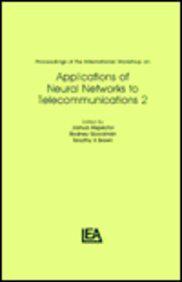



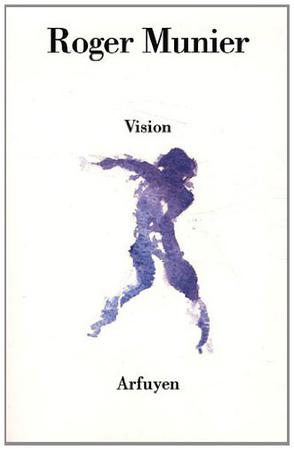



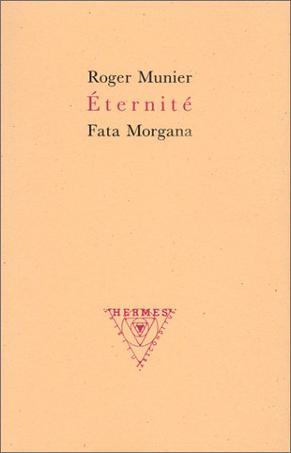



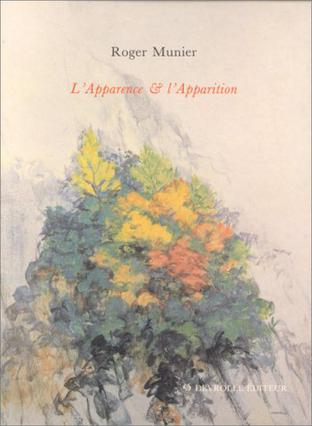



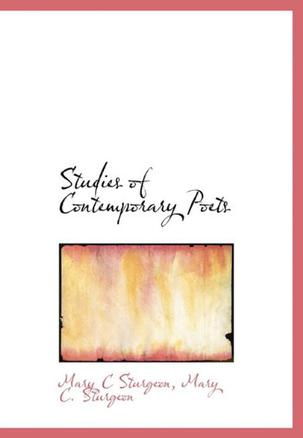















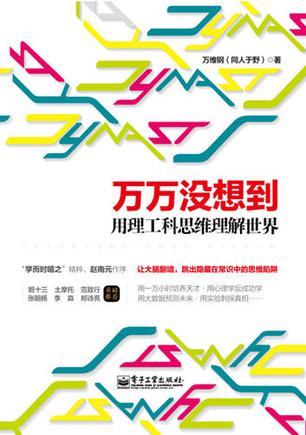


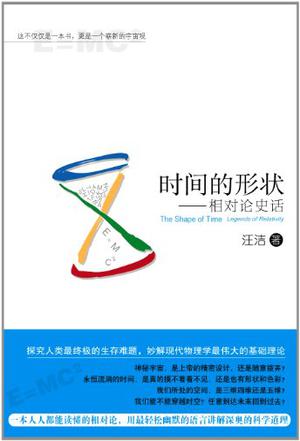

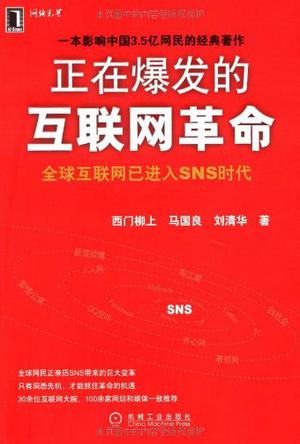




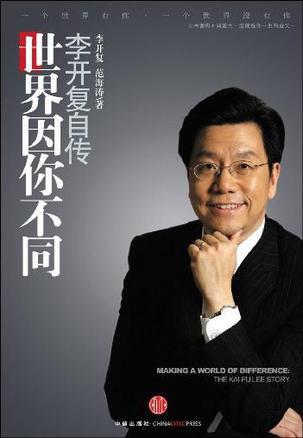

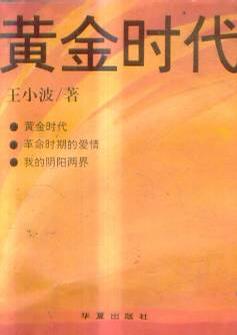
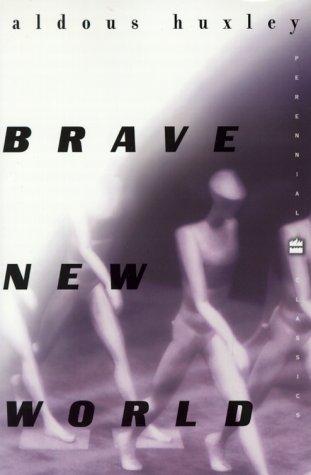
评价“Proceedings of the International Workshop on Applications of Neural Networks to Telecommunications 2”